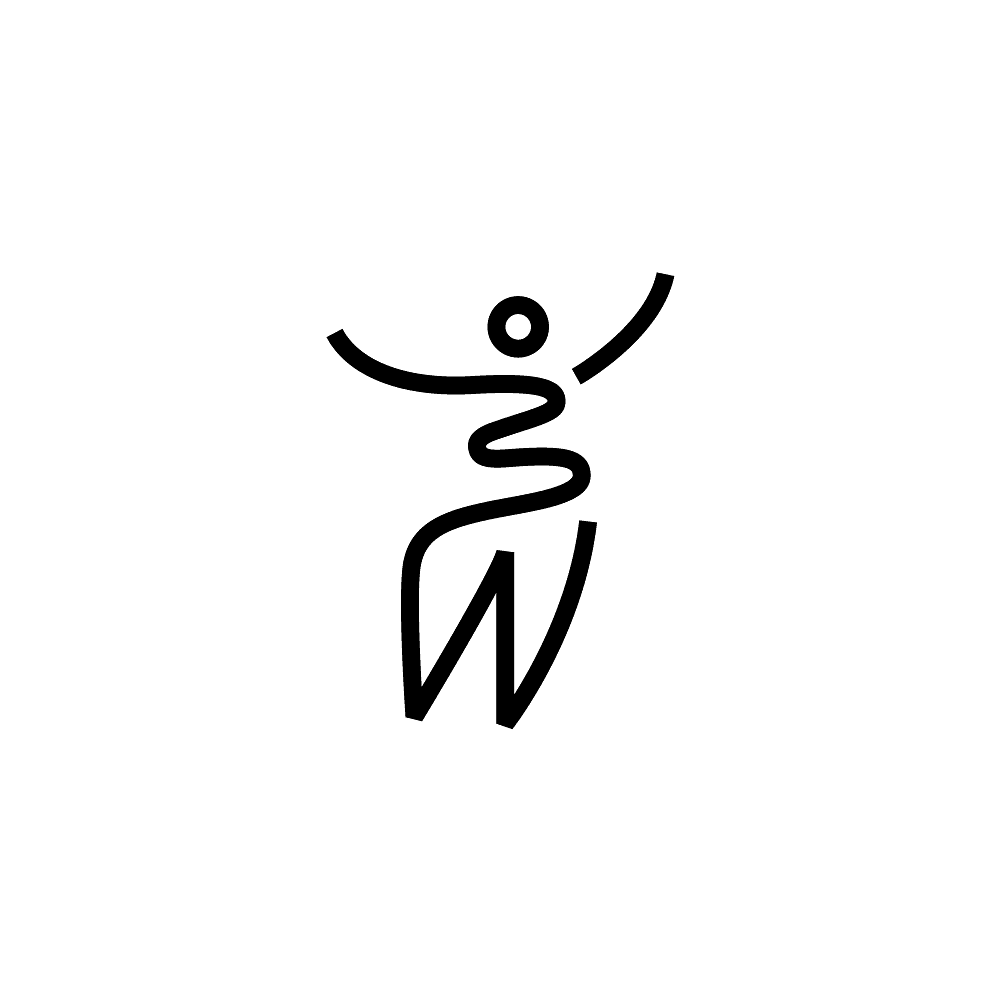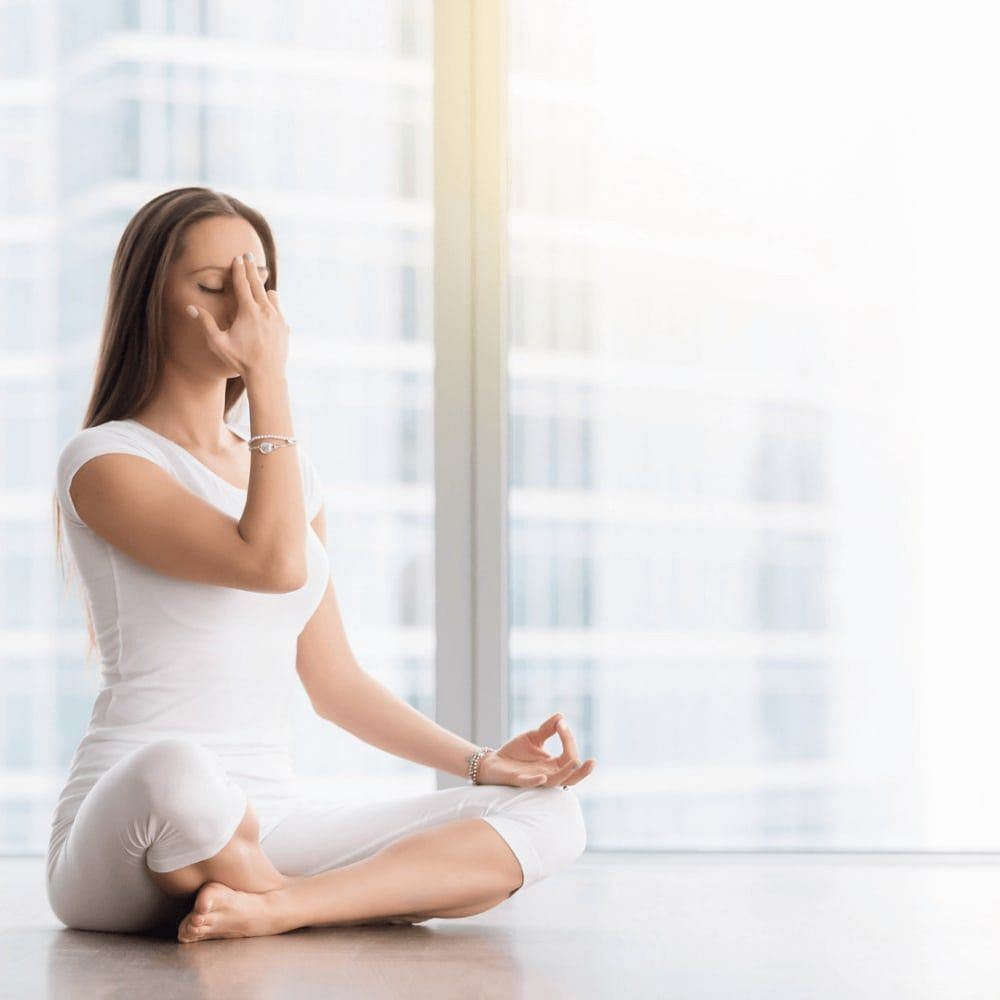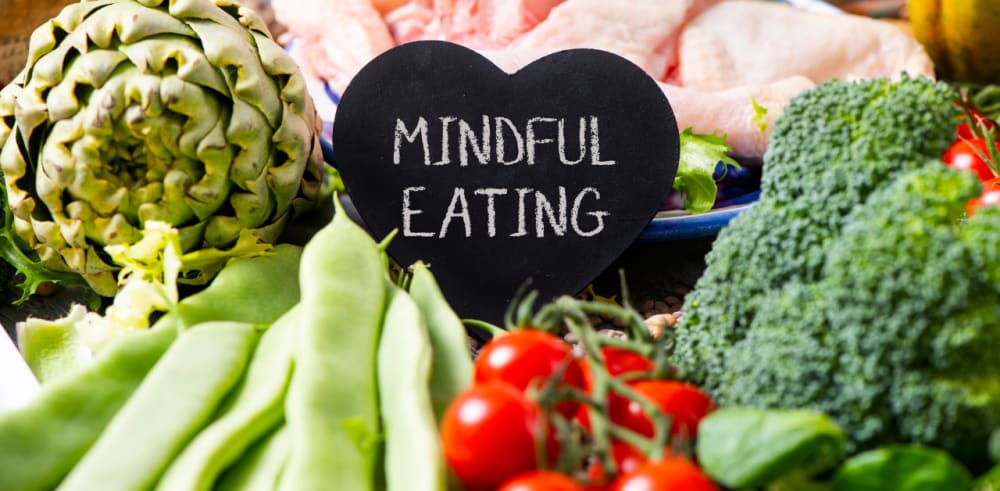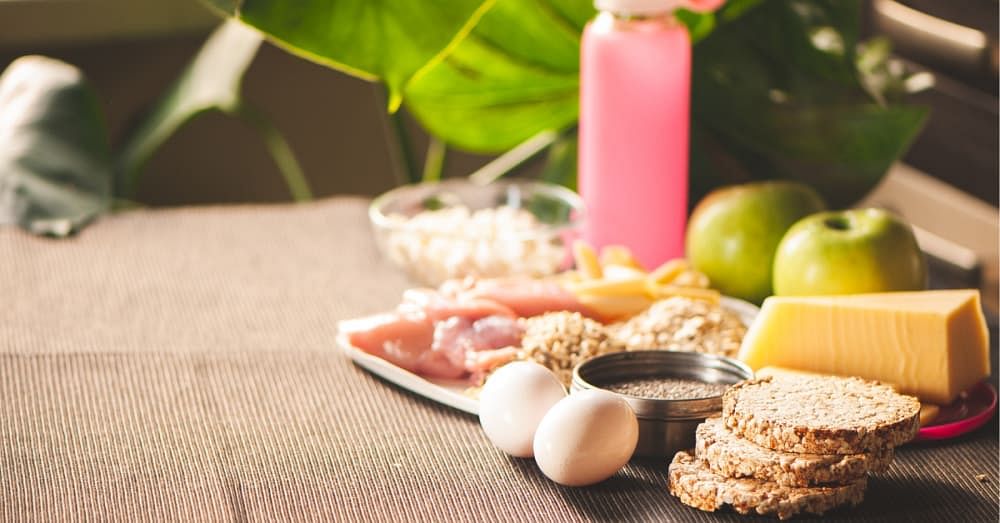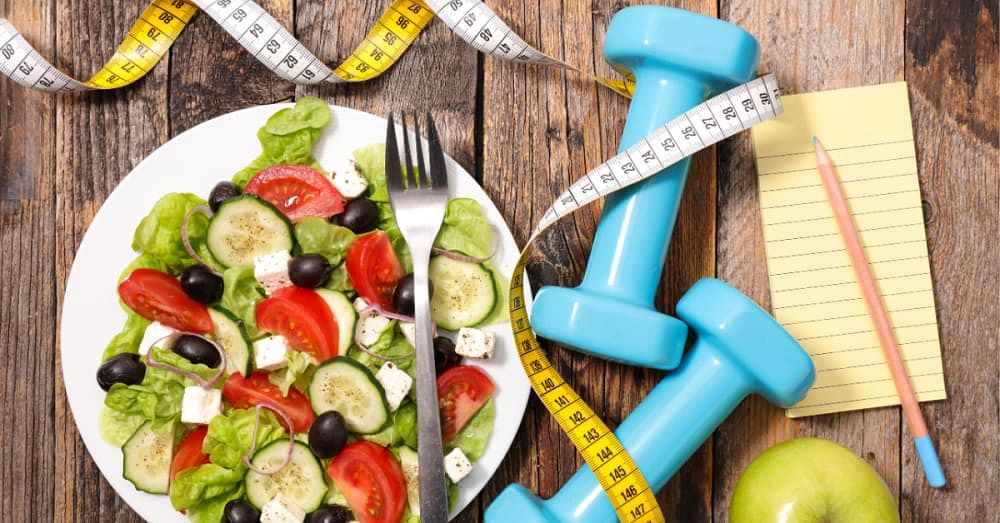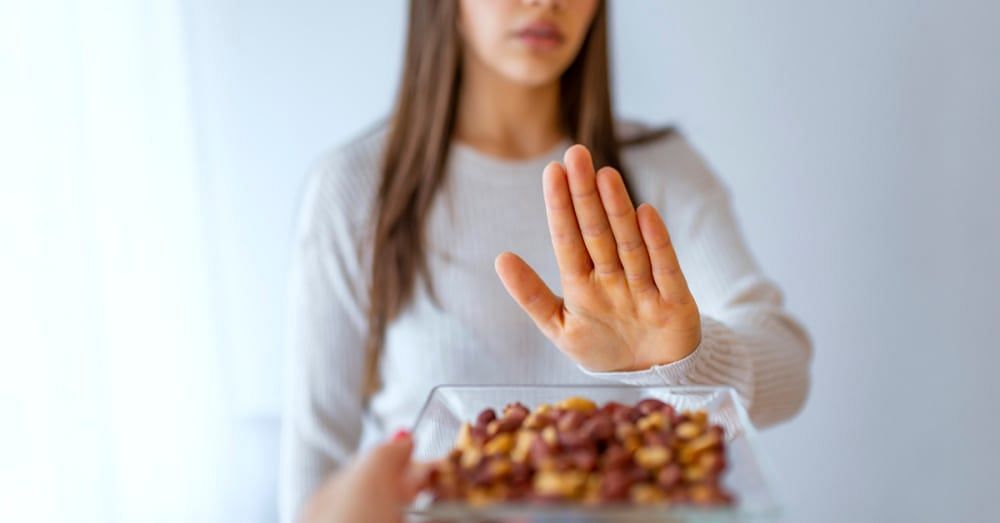Yoga has been used as an age old technique to align one's body, mind and soul. Every yoga asana has an underlying purpose, a medical benefit for overall health. Let's discuss one such asana- the Pranayama, today.
What Is Pranayama?
The Pranayama is a yoga movement which functions on the principle of breath control. The goal of this movement is to control the time, pace, frequency and duration of one's breathing. Breathing techniques such as alternate nostril breathing, humming breathing, and bellow breathing can all be applied here.
Perform this asana every day and reap its various physiological benefits.
Types of Pranayama
- Natural Breathing: Focuses on increasing breath awareness by paying attention to our breathing patterns. This pranayama benefits by being the starting point of meditation.
- Basic Abdominal Breathing: This pranayama makes you use your diaphragm for breathing and is suitable for practising before any other pranayama.
- Thoracic Breathing: The importance of pranayama lies in its being the stepping stone for practising yogic breathing. It expends more energy than Abdominal Breathing Pranayama.
- Clavicular Breathing: Practiced along with the Thoracic Breathing pranayama, this pranayama benefits in helping with situations of great physical stress or activities that obstruct the airflow passages.
- Yogic Breathing: Involves using the clavicular region, abdomen, and chest to provide maximum inhalation and exhalation.
- Deep Breathing: Aids in increasing oxygen supply per breath, reduces blood pressure and promotes mindfulness by paying attention to the rise and fall of the abdomen and the chest with every breath.
- Fast Breathing: Improves the functioning of vital organs by depleting carbon dioxide content and increasing oxygen content in the blood.
- Viloma Breathing: Interrupted breathing pranayama helps to expand breath capacity by giving more control over the airflow.
- Anulom Vilom: Alternate Nostril Breathing pranayama helps in detoxification of the blood, increases vitality, and alleviates stress.
- Cooling Breath: This pranayama has a deep cooling effect on the body and can be useful in summers.
- Ujjayi or Victorious Breath: Focus is on the breath flowing through the throat in this pranayama. It is suitable for combating insomnia and inducing muscle relaxation.i
- Bhramari: This pranayama is also called the Humming Bee pranayama and helps form a good base for Nada meditation by increasing psychic sensitivity.
- Bhastrika: The Bellows Breath pranayama, because the underlying message is to prepare your lungs like bellows. This pranayama benefits the body in many ways like weight management, speeding metabolism, and more.
- Surya Bhedan: Right nostril breathing is performed to purify the pingala nadi in the body.
Also read: Yoga for glowing skin
Benefits of Pranayama
Excellent for improving lung function
Performing almost every pranayama requires deep and mindful breathing, which profoundly influences the overall health of the lungs. Certain pranayamas can help relieve respiratory diseases like Asthma and Allergic Bronchitis.
Acts as a natural stress reliever
Performing any pranayama makes you focus only on the present and get rid of all negativity. It fills you up with peace and helps you recharge your aura and emotional system with optimism.
Useful for detoxification
Some pranayamas are useful in purifying the body by facilitating the elimination of all toxins. Further, you can also enjoy a thorough mind cleanse along with a body cleanse.
Gives you laser-sharp focus
Regularly doing pranayam of one or the other kind can help you improve brain function by strengthening your parasympathetic nervous system.
Good for clearing air passages
Pranayamas like Bhramari and Anulom Vilom help in clearing out the air passages in the body. They are also good for preventing the symptoms of sinusitis.
Improves cardiovascular health
If you have ever wondered which pranayama is good for heart, then here is your answer: Pranava Pranayama and Sukha Pranayama manage blood pressure and blood circulation.
Pranayama Benefits for Skin
While performing pranayama like Bhramari and Bhastrika, you have to hold your breath for some time. When you hold your breath, oxygen is supplied to the skin cells, thereby providing complete nourishment. This process also increases the blood rush to your skin, giving it a subtle rosy appearance.
Pranayama also benefits the skin by helping in fighting signs of ageing like wrinkles, fine lines, and dark spots.
Benefits of Pranayama for Students
Bhastrika Pranayama boosts one’s mental clarity. Practising this pranayama for about ten to fifteen minutes every day will be very refreshing and revitalising for students who constantly exercise their minds.
How to Do Pranayama?
- You will need a towel or yoga mat to perform this position.
- Make sure you sit cross-legged.
- Then, block your right nostril with the help of your thumb.
- Inhale from your left nostril.
- Afterwards, block your left nostril this time, with the ring finger of your right hand.
- Exhale from your night nostril.
Tips:
- Make sure your back is straight and your body is relaxed the entire time.
- When your hand is not being used, place it on the same knee.
- You can continue to perform Pranayama for about 15 minutes, everyday, at least once. Feel free to. take a 5 minute break and go again whenever you can.
Read on for more pro tips!
Pro Tip on How to Practice Pranayama
Pranayama enriches your mind, body, and soul no matter when or where you practise it. So there are no one correct answer when to do pranayama ?
However, there are a few pro tips that you can use to boost the results:
- Choose a clean and well-ventilated spot to ensure that you inhale fresh and clean air.
- Practise pranayama early in the morning or in the evening for maximum benefits.
- Practise daily.
Side Effects of Pranayama
There are certain side effects of not performing pranayama appropriately. A bad posture, bad timing, unfit mental state, etc., may lead to some side effects:
- Not doing the right kind of pranayama for your body and needs can cause dizziness, uneasiness, body ache, lassitude, and a spike in stress hormones.
- An irregular flow of ‘prana’ (breath) due to a wrong posture can have several side effects on the body, like back pain and constipation.
- Practising right after eating will do more harm than good by disturbing Vata, Kapha, and Pitta.
Also read: Yoga to reduce arm fat
Summing Up On What Are The Benefits Of Pranayama
It is important to note that Pranayama is an exercise for children, adults and adolescents alike. Moreover, it does not involve heavy lifting or elaborate movements. This simple breathing exercise provides clarity of mind, fights signs of ageing, reduces wrinkles and fine lines, improves lung functioning, clears nasal tract congestion, aids detoxification of the body and improves focus!
FAQs
How Many Times Pranayama Can Be Done in a Day?
Pranayama breathing exercises should be performed at least once per day. You can be the judge of whether you wish to go for another round or not. If you are confused, please consult a yoga instructor or expert for some guidance and direction.
Can I Do Pranayama at Night?
Yes! Pranayama can be performed at night as well. In fact, performing Pranayama at night has sedative effects on the body that help relax it. Moreover, this breathing exercise can increase solitude and harmony within your body, preventing disturbed and broken sleep.
How Long Pranayama Should Be Done for Maximum Benefits?
This usually depends upon the type of Pranayama you are performing. For example, Kapalbhati Pranayama is quite intensive compared to other variations of this exercise. Kapalbhati also increases body temperature rapidly and hence, must be performed for lesser periods of time. Other Pranayama exercises should be performed for about 10-15 or 20-30 minutes.
Is Pranayama Helpful in Preventing Coronavirus Disease Symptoms?
It is important to note that there is no scientific evidence supporting yoga exercises and their linkages to coronavirus prevention or recovery. However, yoga does help alleviate stress and fear related to coronavirus and helps to build a considerable amount of immunity.
Is It Okay to Perform Pranayama in Pregnancy?
Of course! There is no doubt that mothers need to be exceedingly careful during the pregnancy period. This often leads to anxiety among them. When mothers become anxious, the adrenaline hormones is released from her body. Why does this matter? The secretion of adrenaline delays the release of oxytocin which aids during labour. Practicing Pranayama daily can help mothers relieve their anxiety levels and detoxify their bodies. However, holding your breath for long periods during pregnancy is not advisable. Make sure you consult an expert for tips to perform Pranayama during pregnancy.
